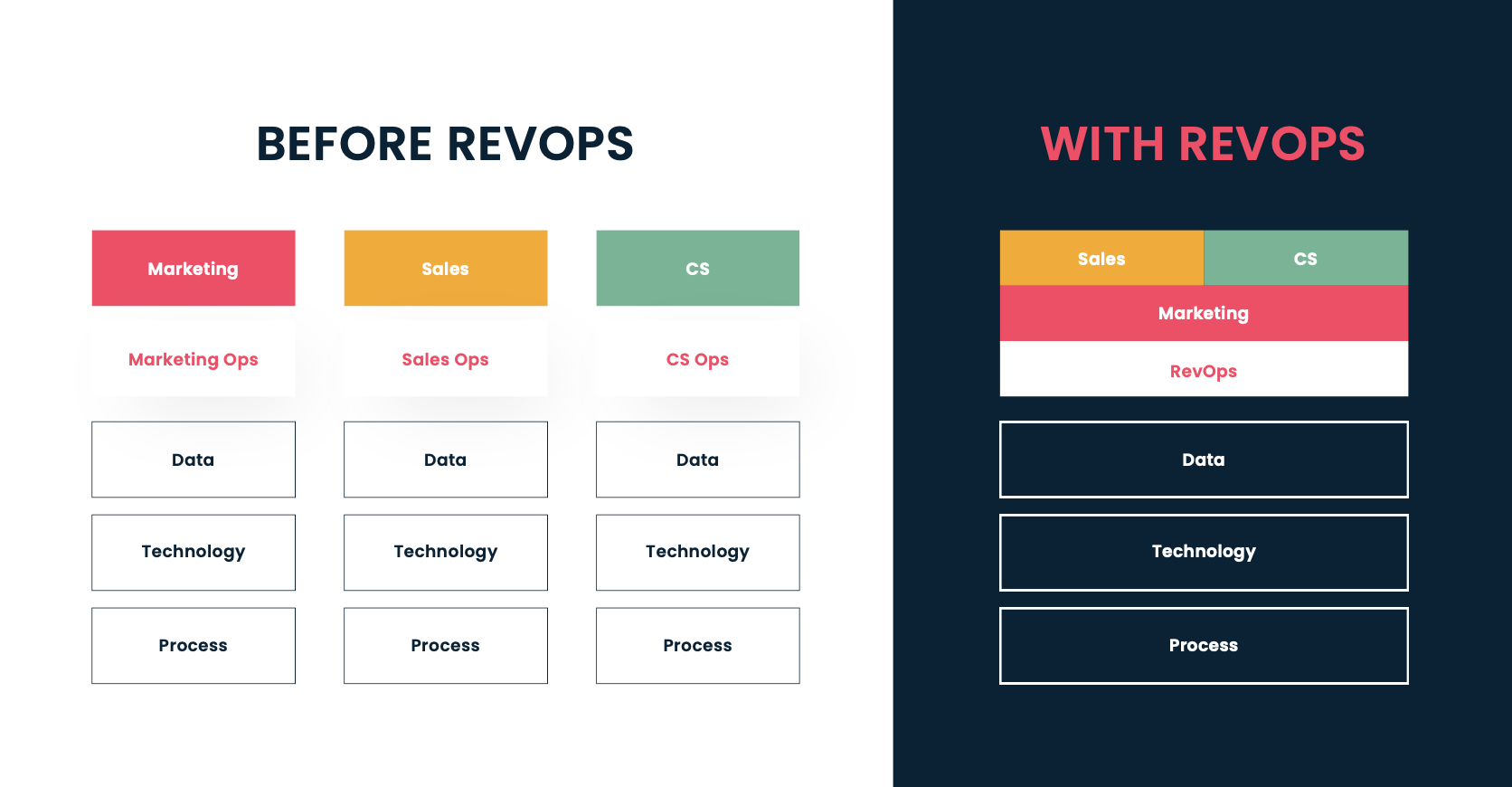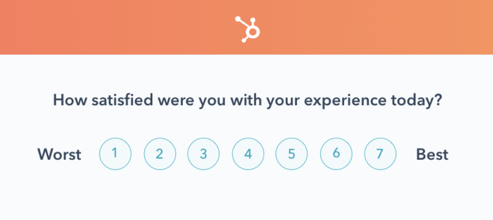


Customer service strategies to make your business customer-centric



.png?width=560&name=Blog%20Hero%20(8).png)
So, you’ve made the decision that it’s time to invest in customer service.
And, if you’ve made this conclusion, you’ve likely seen the stats that highlight the impact of great customer service… Here are just a few to help jog your memory:
- 90% of leaders report that customer expectations have increased to an all-time high (HubSpot, State of Service Report)
- 68% of consumers say they are willing to pay more for products and services from a brand known to offer good customer service experiences. (Gladly)
- Investing in new customers is between 5 and 25 times more expensive than retaining existing ones. (Invesp)
- 83% of consumers cite good customer service as the most important factor—outside of price and product—when deciding what to buy. (Gladly)
- A mere 5% increase in customer retention produces more than a 25% increase in profits. (Bain & Company)
These stats paint a clear picture that customer service impacts conversation rates, retention, churn and ultimately your business’ bottom line.
How do you get started on creating the optimal customer service experience?
To build an exceptional customer service experience, you need to form relationships with your customers. This starts with your customer service team, knowing details about previous customer interactions, setting a standard for response times, offering tools for self-service and regularly checking with your customers about how you are doing.
Step 1: Structure your team for alignment
Your brand has a distinct voice. Here at Six & Flow, we are playful, creative and knowledgeable. Our customer service teams bring their personality into the role through light-hearted conversations that share information in a helpful, knowledgeable, and concise way.
To us, good customer service means bringing a smile to our clients’ faces.
Being as helpful as we can.
Forming relationships with our clients.
And most importantly, helping keep their projects on track and goal-focussed.
How should you build your team structure?
As an agency, we operate in a pod structure. This makes our teams agile and flexible to help clients. But, to those organisations that cannot operate in a pod structure, we recommend the RevOps framework.
A RevOps team structure breaks down silos in your organisation. Here, you recognise sales, marketing, and customer success as a single function. There is alignment between each go-to-market team.

Now, this structure is important because it leads to better management of resources and your teams work better together. You can communicate with both marketing and sales on what your customer success team needs to deliver better experiences.
Step 2: Establish goals for the metrics that matter most.
To ensure you nail your customer service business model, you need to start reviewing the metrics that matter most to your customers.
In a report conducted by HubSpot in 2021, research revealed that customers care the most about Customer Satisfaction and Speed of Resolution.
Customer Satisfaction
Customer Satisfaction (CSAT) is the most important KPI for nearly 75% of customer service leaders (HubSpot, State of Service Report).
CSAT should act as your key performance indicator for your customer service teams.
How to measure your CSAT Score
You will calculate your customer satisfaction score when you share a one-step survey after a conversation with a customer.
The formula to calculate the CSAT score is, (# of positive responses / # negative responses) * 100
But, you can also view this inside your HubSpot reporting dashboard.
In the survey, pose the question, “How satisfied are you with today’s service?”
For HubSpot, their CSAT survey looks like this:

How do you improve your CSAT score?
There isn’t one perfect formula here. Later, in the post, you will read about tactics for improving response time and tools to offer self-service.
All these tactics go hand-in-hand with improving your CSAT score.
But, that being said, what else can you do?
- Introduce inbound calling: Inbound calling is a feature available in HubSpot Service Hub Professional so that you can speak with your customer directly when an issue surfaces. This human touch will solve complex problems faster, and leave your customers feeling delighted.
- Act on the feedback. The CSAT survey is not the only way to collect feedback. Customers want to feel heard. As your customer submit tickets, speaks to you about their experience, request new features, or even shares feedback on a newsletter, your entire team needs to act on this feedback.
Build a transparent culture so that your customer success teams can pass along feedback to marketing and sales, and vice versa. - Leverage omnichannel messaging. Today’s customer is online everywhere. Start delivering exceptional service where and when they are. Resolve issues with ease across email, chat, and Facebook Messenger.
Response Times
On average, it takes B2B sales teams 42 hours to respond to a new lead (Chilipiper). However, businesses that respond in under 5 minutes are 100x more likely to convert opportunities.
For customer service teams, 90% of customers expect an “immediate” response when they have a customer service question. 60% of those customers define “immediate” as 10 minutes or less (HubSpot, state of service report).
How do you improve your response times?
To get those response times lower, let’s look at a few tools that would help your team.- Live chat: Help customers on your website in real-time. Offer assistance to customers according to the web page they are looking at. This way, you can easily pair conversations with the right person on your service team and build better relationships.
- SLAs: Show your customers your team’s available hours so that they have clear expectations of when help can be offered. SLAs enable your team to prioritize tickets so that they can get to tickets faster. HubSpot’s SLA features can be paired with automated workflows. By doing so, reps know when SLAs are set to expire, reducing the risk of missed follow-ups.
- Workflows: We’ve touched briefly on how workflows can go hand-in-hand with SLAs. But, what about other parts of your customer service team? Ticket-based workflows route tickets to the right teams and agents based on criteria. This enables reps to focus their time on the customer, not resource-heavy data entry.
- Mobile Inboxes: We live in a digital ecosystem where being at work does not always mean sitting at your desk. I mean, we all take lunch breaks or go walk the dog, right? Mobile inboxes empower your team with that safety belt to answer customer queries, even when you are on the go.
- Service Analytics: To continue improving your response time, you need to have a benchmark of where you are at. Service analytics offer real-time insight into your rep’s activity.
- Team Management: Your team needs to remain agile. They must be ready to handle customer questions at any given moment. With team management settings, your service teams will have the right tools at their disposal to assist one, or many customers.
Step 3: Ensure your customers can easily access the information they need
Customers crave fast service. And the pace at which they want answers has increased at an exponential rate in 2022.
To deliver on these rising customer expectations, you need to introduce self-service into your customer service business model.
Offer your customers the opportunity to self-serve
Did you know that 69% of customers try to first resolve their issues independently? (Zendesk).
You need to offer your customers the tools to try and resolve their issues themselves. Then, offer an easy-to-reach method of connecting with your customer service team.
What are the best ways to offer self-service to customers?
There are multiple ways to empower your customers to solve their own problems. HubSpot just released its re-launched service hub. HubSpot’s service hub now offers some pretty amazing tools to help you better serve your customers.
Let’s explore some of them.
- Knowledge bases: A Knowledge base is a tool located on your website that helps customers find answers to common questions with an accessible search function.
When building your knowledge base, it is important to create documentation that is based on data and real customer feedback.
What are the most common questions?
Where do customers need assistance?
What does the data tell us about customer behaviour?
These are the questions you need to ask.
The next most important element is to organize your knowledge base in an organised, easy-to-find manner. This might seem like a no-brainer, but in fact, 28% of customers say the most frustrating issue is information that is simple but hard to find (Drift). - Customer Portal: Customer Portals complement knowledge bases. A customer portal is a central resource where customers can view the status of their own tickets, access the knowledge base, and ask follow up questions.
Customers get ownership of their service experience with your organisation. - Chatbots: When you introduce chatbots as part of your service strategy, you are giving your team time back to focus on customer relationships. Using workflows, chatbots can answer basic customer queries and guide them to the right help article.
Additionally, they can be used when you’re team is offline or unavailable. This way, you can give exceptional customer service, around the clock.
Step 4: Connect all the pieces.
Create a single source of truth in your CRM.….this should probably be step 1. But, I wanted to highlight all of the tools that can be linked to your CRM first.
So, your CRM… A powerful tool to keep your whole team focused on the customer.
And, we’re big fans of HubSpot’s CRM. I mean, what’s not to love? A powerful and intuitive platform that creates alignment for your entire go-to-market team.
A CRM is a key tool for any growing business. It can enable you to better manage customer relationships, identify leads and customers and align your team across sales, marketing and service.
Your CRM should serve as your single source of truth. Your CRM needs to connect your disparate service, finance and operations systems. This way, you have a clear picture of who your customer is, and understand how you can best serve them.








